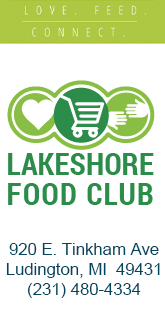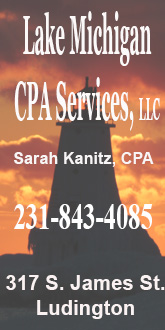Protect your eyes during solar eclipse.
#SolarEclipse2017
LUDINGTON — Residents throughout Michigan can experience today’s rare solar eclipse. However, District Health Department #10 (DHD#10) urges everyone to take extreme care and caution to observe the eclipse safely.
While 14 states will witness a “total” solar eclipse, Michigan will experience a “partial” eclipse with only 70-85 percent of the sun eclipsed by the moon. The eclipse will begin at approximately 1 p.m. in the lower part of the state, and will be centered over Michigan around 2 p.m.
DHD#10 encourages residents to protect your eyes/vision if you choose to observe this spectacular event.
As the eclipse begins, the sun will disappear and it will appear darker outside. However, the little slivers of sunlight that peak out from around the moon are dangerous and can damage the eye.
Remember: Slivers of sunlight glow just as brightly as on a day there is not a solar eclipse. Even quick little glances add up. Sun damage to the eye might not be obvious right away.
To protect your eyes, wear certified eye protection for the entire time you view the solar eclipse. The only time it is safe to watch with the naked eye is during the brief window of “totality,” when the sun is completely blocked by the moon. But “totality” will only be visible from a ribbon of land that is 70 miles wide that stretches across the central US.
The rest of the country, including all 10 counties within the DHD#10 service area, will only see a partial eclipse and will need eye protection the entire time.
Sunglasses are not strong enough to protect your eyes during an eclipse. Eyewear must be thousands of times darker than regular sunglasses. NASA urges people to buy special eclipse glasses, and do not use makeshift or homemade filters to look at the eclipse directly.
Be diligent that the glasses remain covering the eyes completely while watching, especially with children.
Throw away glasses with damage like scratches or pinholes that allow light to come through.
Glasses are not a substitute for a filter on a telescope or binoculars. These devices will need additional filters for safe eclipse viewing.
Another safe viewing option is to look at the eclipse indirectly through a device called a pinhole viewer that projects an image of the eclipse onto a flat surface. For more information about eye safety during a total solar eclipse visit: www.nasa.gov/content/eye-safety-during-a-total-solar-eclipse.
This story is copyrighted © 2017, all rights reserved by Media Group 31, LLC, PO Box 21, Scottville, MI 49454. No portion of this story or images may be reproduced in any way, including print or broadcast, without expressed written consent.



















.jpg)

















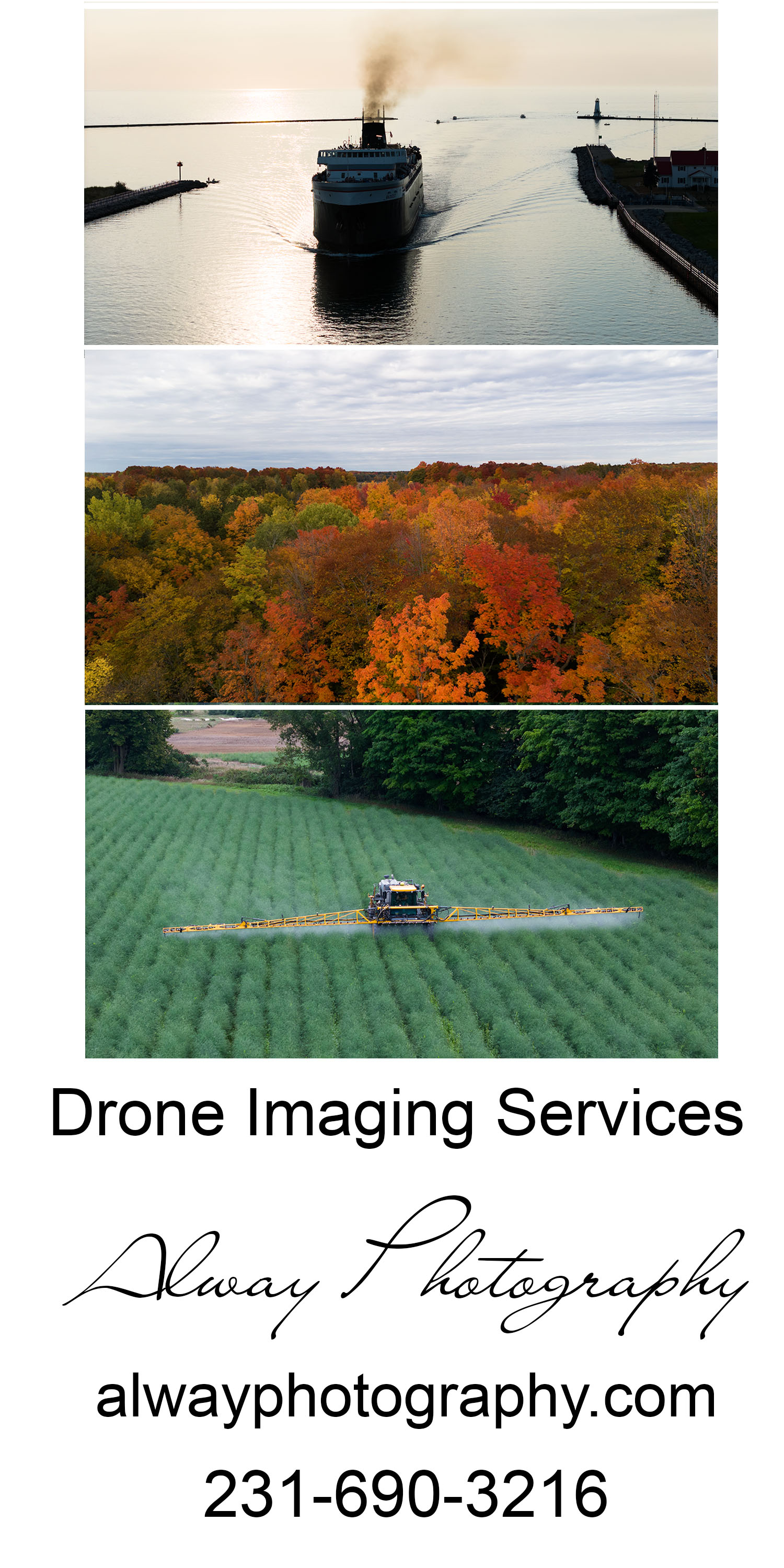

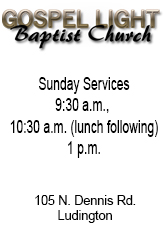



 (1).gif)










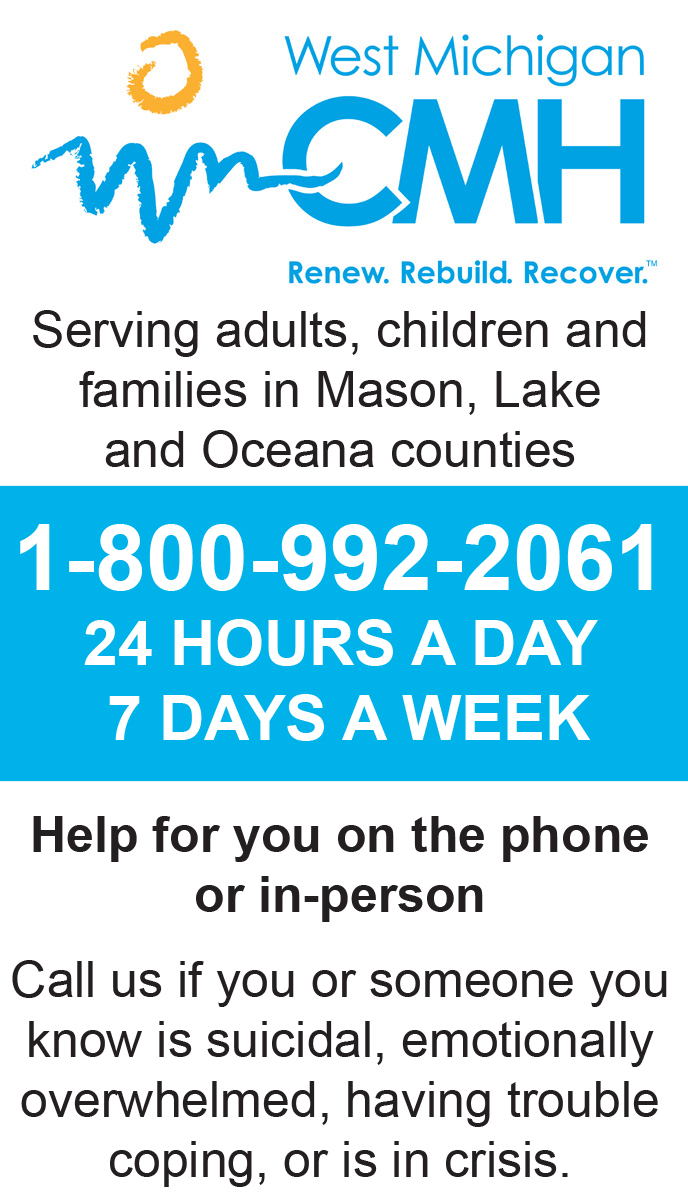
.png)



